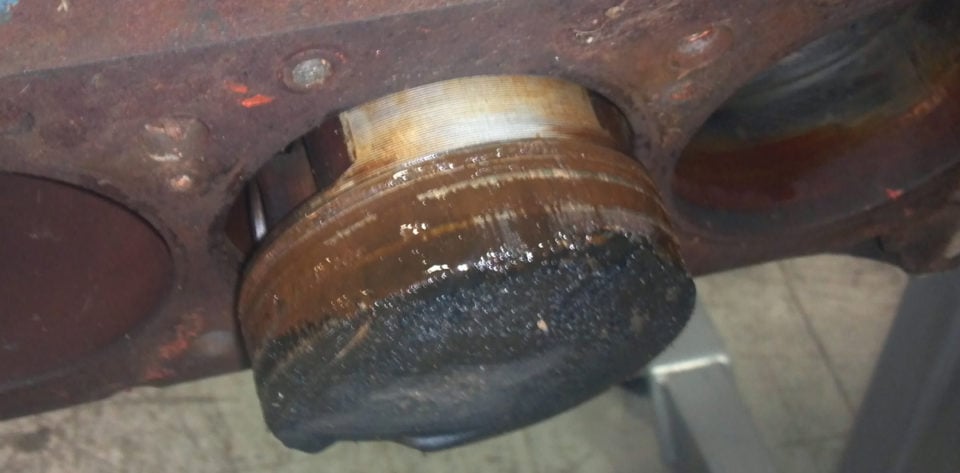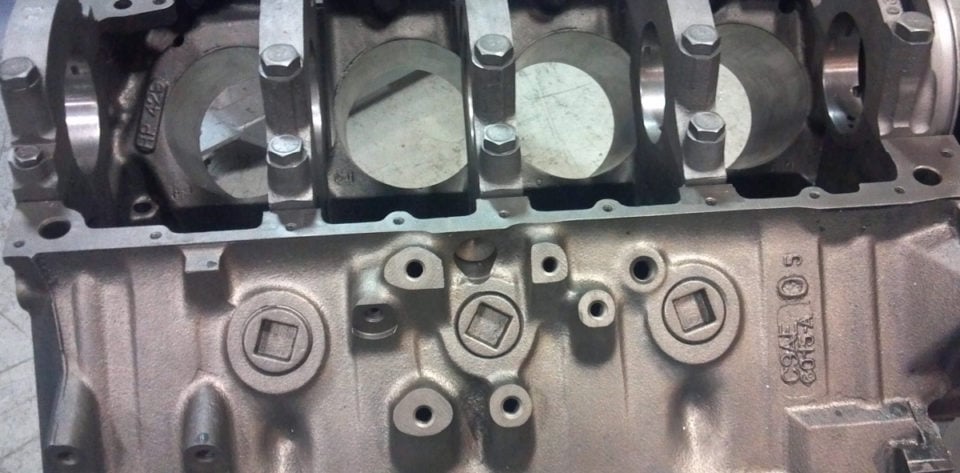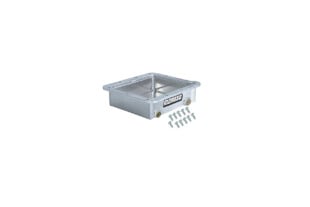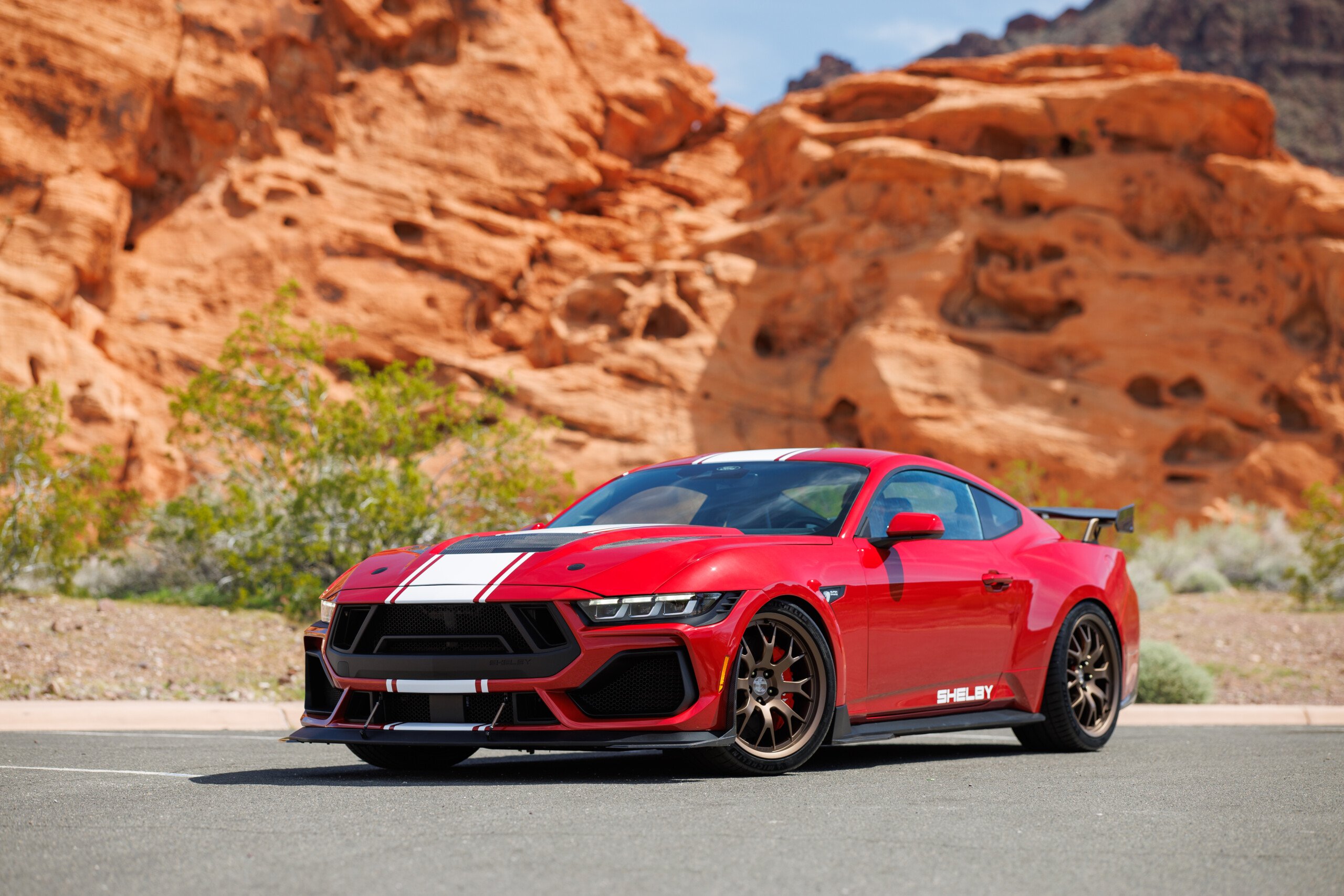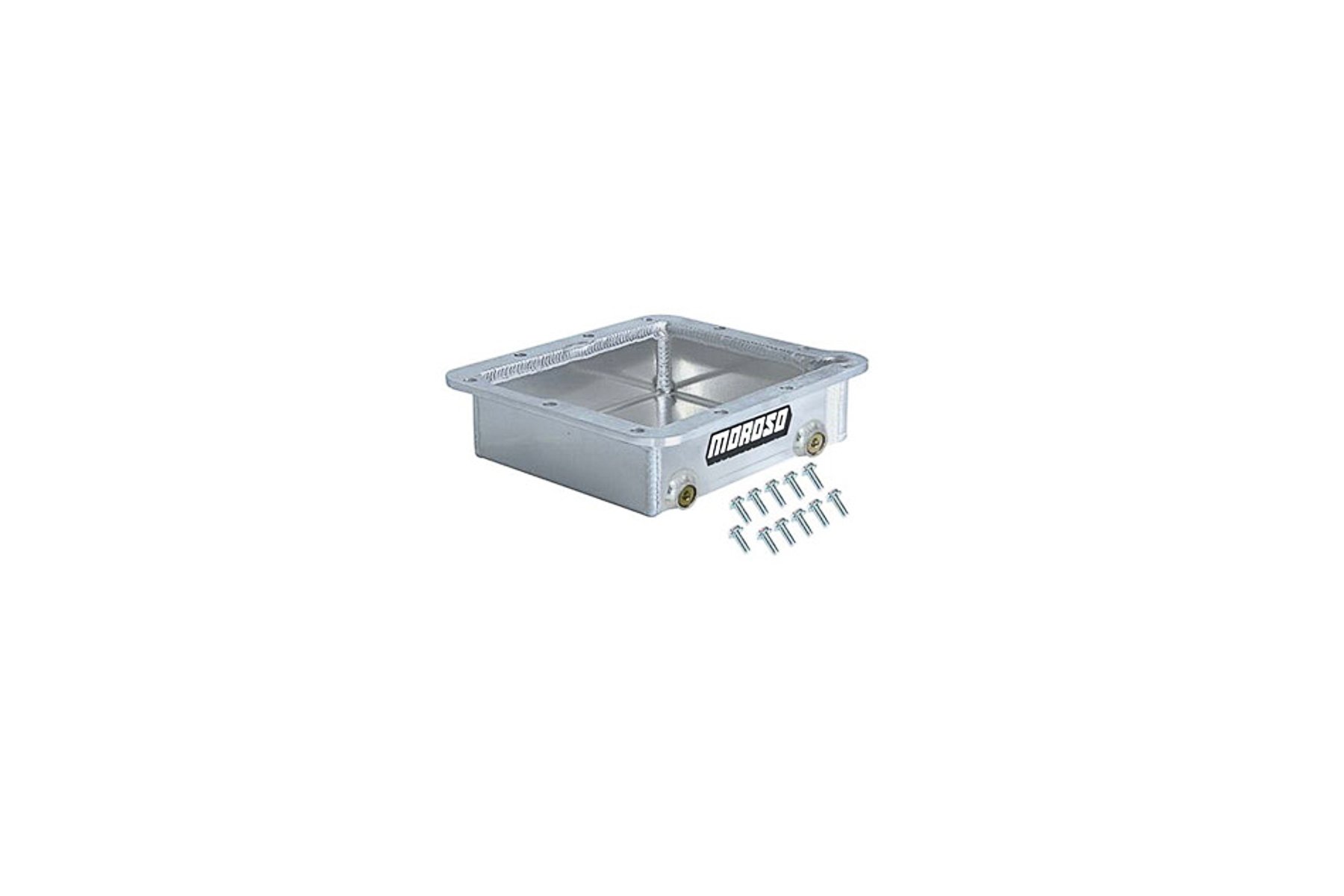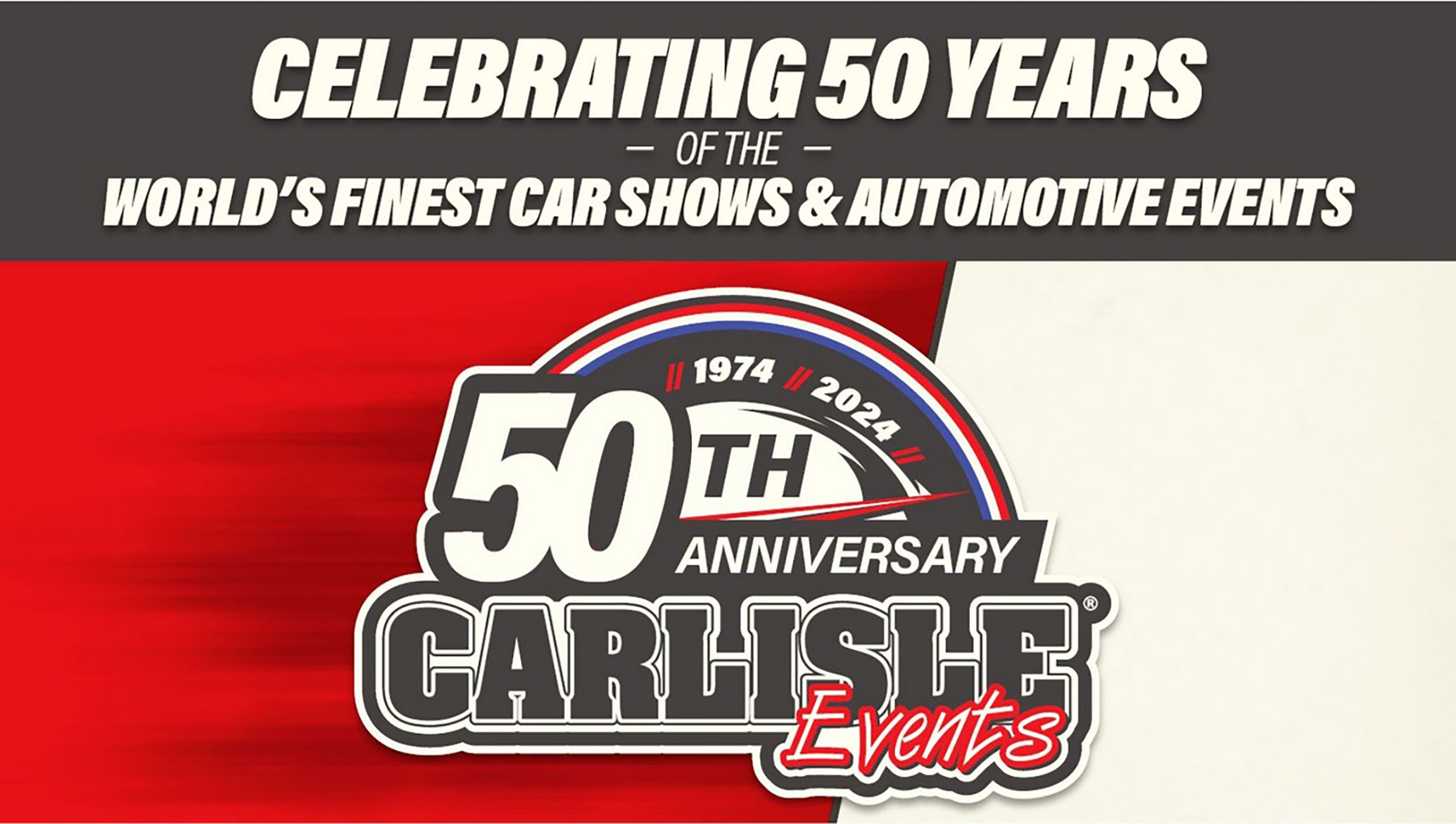Two engines stand out whenever EngineLabs poses the informal question, “What’s the baddest factory engine ever built?”
The Chrysler Hemi engine is one, and the subject of today’s video, a Ford Boss 429, certainly draws an equal number of testimonials. Exemplifying the latter is Mark Rubin’s Ford Boss 429 engine that’s been fully restored by Eric Simone, owner of Shotgunhemiparts in Roseville, Michigan.
“This is a complete nut and bolt restoration of Mark’s Boss 429 – with a few modern upgrades inside. This engine was sitting in Southern California outside in a barn for the last 25-plus years before it was sent over to SHP for restoration,” recounts Simone. “It came in with at least one blown up chamber and one welded chamber, along with frozen pistons in the block, remnants of rat’s nests in the crankcase – and to find out later, cracked and leaky cylinder heads. Mark was having a 100-point restorations done in his 1969 Boss 429 Mustang, but the restoration shop he chose does not build engines. It came in my door as just another blown up original Boss from days gone by, and now you can see it in all its splendor and glory – all restored, nuts and bolts, original heads, original castings – and it’s way better than Ford ever made it back in the day.”
There are very few folks on the planet that are capable of restoring the Boss 429 engine properly, and Simone relies on his 20 years of experience and perfectionist nature to return each part of the engine to better-than-original status. One of the main items that’s necessary during a rebuild is to repair the head castings properly, as inaccurate welding can ruin them.
Simone explains that the castings are made from 355 aluminum, with only a T-5 heat-treat spec – which requires a very specific, nearly “cold” welding process to repair properly. Modern aluminum heads are made from a far more dense 356 aluminum with a much tougher T-6 heat-treat spec. Knowing the difference is key. When weld repairs are done properly, he can then install new valve seats if necessary and perform all other critical valve/seat and guide work without fear of the heads springing a leak when they’re complete and on the engine.
An assortment of photos of parts in as-delivered condition.
One interesting touch performed on his restorations is the use of epoxy impregnation into the casting so that they will never leak again.
“It’s an immersion process developed by a company here in Michigan that the Big 3 are also using currently because of warranty concerns. The head is immersed into a pressurized container that’s filled with the epoxy fluid, and when the pressure is released and the part removed, the epoxy that isn’t forced into the pores of the aluminum just drains away. Once the epoxy dries, you’re left with a casting that’s completely impregnated from the inside that water, heat, and pressure can’t penetrate. It’s even weldable. I can take a casting that leaks like a sprinkler and return it to like-new quality,” says Simone.
The engine in this video uses a stock C9AE-E Boss 429 block that’s been bored to a 4.400-inch final size. The aforementioned repaired stock casting cylinder heads carry the C9AEA casting number, while the connecting rods are C9AE-B Boss 429 “T” pieces using a 6.605-inch center-to-center dimension. Simone also used the OE Boss 429 forged steel crankshaft with its 3.590-inch stroke in the build. Pistons are from Diamond Racing, rings are from Total Seal, and bearings are from Clevite.
Simone has his own custom camshaft specifications that very closely replicates but far outperforms the OE Boss 429 “T” engine solid grind. He also opts for hydraulic flat-tappet lifters over the factory solids for reliability and noise concerns. Original Boss 429 valve covers are huge and act as echo chambers, which highlights the valvetrain noise, and solid lifters only serve to compound the sonic clatter. For a resto-driver engine, most of his customers opt for the hydraulic flat-tappet lifters as they perform and sound just as good as any solid lifter yet require virtually no attention.
It's almost impossible to believe that these two photographs are of the same engine block, but they are. When SHP is done with an engine restoration, one would think it just rolled off the assembly line.
He then pairs his cam and lifter package with COMP Cams‘ valve springs, retainers, and locks. SHP then installs its own custom-made 3/8-inch x.080-inch wall ball-and-cup pushrods – that actuate the OE forged Boss 429 rocker arms – which have a 1.65 ratio on the intake side and 1.77 ratio on the exhaust. Custom one-piece stainless valves are OE size at 2.280-inch on the intake side and 1.900-inch on the exhaust, and use modern 45-degree seat angles. A blueprinted Melling standard volume oil pump rounds out the modification list.
Noting a unique feature of the Boss 429, Simone opts to retain the original dry-deck OE Boss 429 “Cooper” ring head gaskets, instead of welding the heads and converting them to use modern gaskets. Cooper rings are a far cry from modern head gaskets. They are a folded stainless compression sealing “ring” that is set in a machined groove around each individual chamber in the cylinder head. The remaining water and oil passages between the head and the block are sealed individually as well, using small neoprene O-rings set in counterbores – hence the dry-deck designation.

The “Cooper” ring grooves outside each chamber. Sealing the heads properly on a Boss engine is a labor of love.
The engine runs with a .005-inch to .010-inch gap between the head and the block, and RTV silicone is used to seal this gap around the perimeter between the head and the block, preventing oil leaks. “This dry-deck method of sealing was very cutting edge F-1 technology back in 1969. Cylinder head to block assembly is a touchy process on an original Boss 429 – one misstep, and you’re removing the cylinder head and starting over,” he says. Once assembled, Simone pressure tests the block/head/engine cooling system and primes the oiling system on the engine stand before ever going off to the dyno for break-in and performance testing, to ensure a zero-errors, leak-free build.
The rest of the parts used in the restoration are OE – the Boss 429 damper, oil pan, timing cover and water pump, along with the dual plane intake manifold have all been restored to like new condition. Finishing off the induction system is a 735CFM Holley carburetor wearing part number C9AF-S.
“The restoration guys with the Boss429 are all about the casting numbers, the date codes, the correct nuts and bolts, and the factory paint slashes,” says Simone. “I can build these engines better than Ford built them back in the day. A restored Boss engine with headers makes between 510 and 520 horsepower on current pump gas. With exhaust manifolds you lose about 40 horsepower right off the rip.”
Not only is Shotgunhemiparts one of the leading restorers of the Boss 429 engine, the shop also makes a number of parts for the engine platform, including a cylinder head known as the TM Enterprises CNC Boss 429 cylinder head. In 2000 it won the Engine Masters Torque Monster award. It’s a replica cylinder head cast from 356 T6 aluminum that is virtually indistinguishable externally from the factory casting, yet uses all modern technology inside and offers substantially more performance capability out of the box than an OE casting. Original equipment accessories and components bolt on including intake and exhaust manifolds, alternator, and power steering.
Engine building has been one of Simone’s lifelong passions – he built his first engine at the tender age of 13; with no car to install it in, he ended up selling it off to go to technical school in 1984. When he left that area in 1995 to move back to Detroit, the engine was still running in the car where it ended up finding a home. As the one and only employee of Shotgunhemiparts, every single engine the company works on has been serviced by him and only him from start to finish. It’s a labor of love, and one that the company is poised to protect for years to come, as evidenced by the sweet engine in this video. Thanks for sharing it, Eric!




